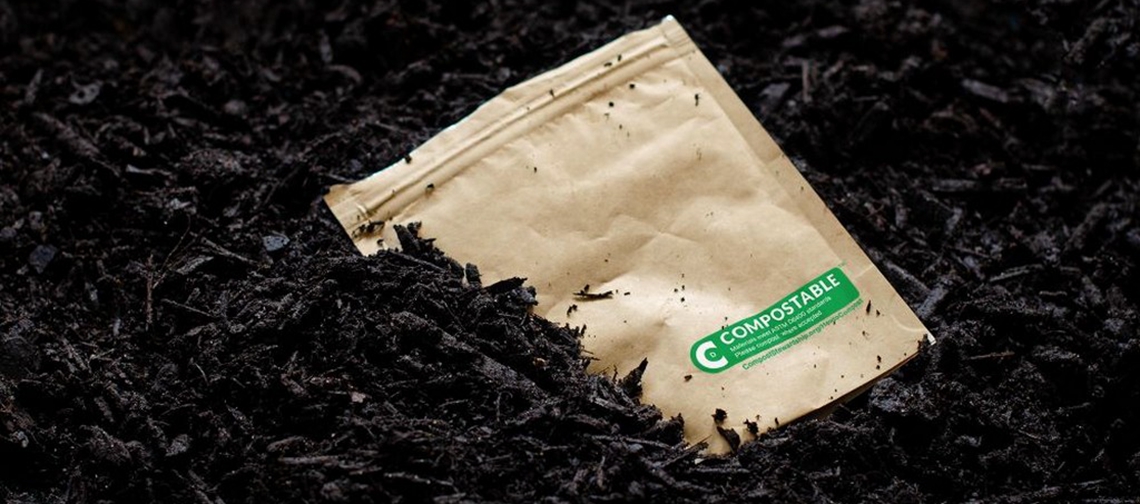Biodegradable and compostable packaging materials are increasingly used as environmentally friendly alternatives to traditional plastic packaging. They help reduce the environmental impact of waste and can contribute to a circular economy. Here's a detailed look at these materials:
1. Definitions
Biodegradable
Materials that can break down into natural elements (like water, carbon dioxide, and biomass) through the action of microorganisms over time. The term does not specify the conditions under which the material will degrade.
Compostable
Materials that biodegrade under composting conditions, breaking down into non-toxic components, and contributing to compost without leaving harmful residues. Compostable materials typically need specific conditions to break down efficiently.

2. Common Biodegradable and Compostable Materials
Polylactic Acid (PLA)
Source: Derived from fermented plant starch (usually corn).
Properties: Clear, strong, and versatile.
Applications: Bottles, bags, food containers.
Degradation: Industrial composting facilities are often needed.
Polyhydroxyalkanoates (PHA)
Source: Produced by bacterial fermentation of sugars or lipids.
Properties: Durable and flexible.
Applications: Packaging films, bottles, utensils.
Degradation: Can degrade in marine environments as well as compost.
Starch-Based Plastics
Source: Derived from corn, potatoes, or other plants.
Properties: Often blended with other materials to improve functionality.
Applications: Loose-fill packaging, bags, disposable items.
Degradation: Biodegradable but may require industrial composting.
Cellulose-Based Plastics
Source: Derived from wood or cotton fibers.
Properties: Transparent, strong, and flexible.
Applications: Films, wraps, food packaging.
Degradation: Biodegrades under composting conditions.
Bagasse
Source: Byproduct of sugarcane processing.
Properties: Sturdy and heat-resistant.
Applications: Plates, bowls, and food containers.
Degradation: Home compostable.
3. Benefits
Environmental Impact: Reduced reliance on fossil fuels, lower greenhouse gas emissions, and decreased plastic pollution.
Waste Management: Facilitates composting and reduces landfill usage.
Economic Opportunities: Drives innovation in sustainable materials and supports green jobs.
4. Challenges
Cost: Often more expensive than conventional plastics.
Infrastructure: Limited availability of industrial composting facilities.
Performance: May not match the durability or barrier properties of traditional plastics.
Contamination: Potential for confusion and improper disposal, leading to contamination of recycling streams.
5. Standards and Certifications
To ensure that materials labeled as biodegradable or compostable meet certain criteria, various standards and certifications are used, such as:
ASTM D6400 and D6868: Standards for compostable plastics in the U.S.
EN 13432: European standard for compostable packaging.
OK Compost and OK Compost HOME: Certification marks indicating industrial and home compostability, respectively.
BPI Certification: Issued by the Biodegradable Products Institute for products meeting compostability standards.
6. Future Trends
Innovation: Development of new materials and improvement of existing ones to enhance performance and reduce costs.
Policy and Regulation: Increasing government regulations and incentives promoting the use of biodegradable and compostable packaging.
Consumer Awareness: Growing demand for sustainable packaging options and improved labeling to help consumers make informed choices.
Conclusion
Biodegradable and compostable packaging materials offer promising solutions for reducing environmental impact and supporting sustainable waste management practices. Continued advancements in material science, along with supportive policies and infrastructure, will be crucial for their widespread adoption and effectiveness.
